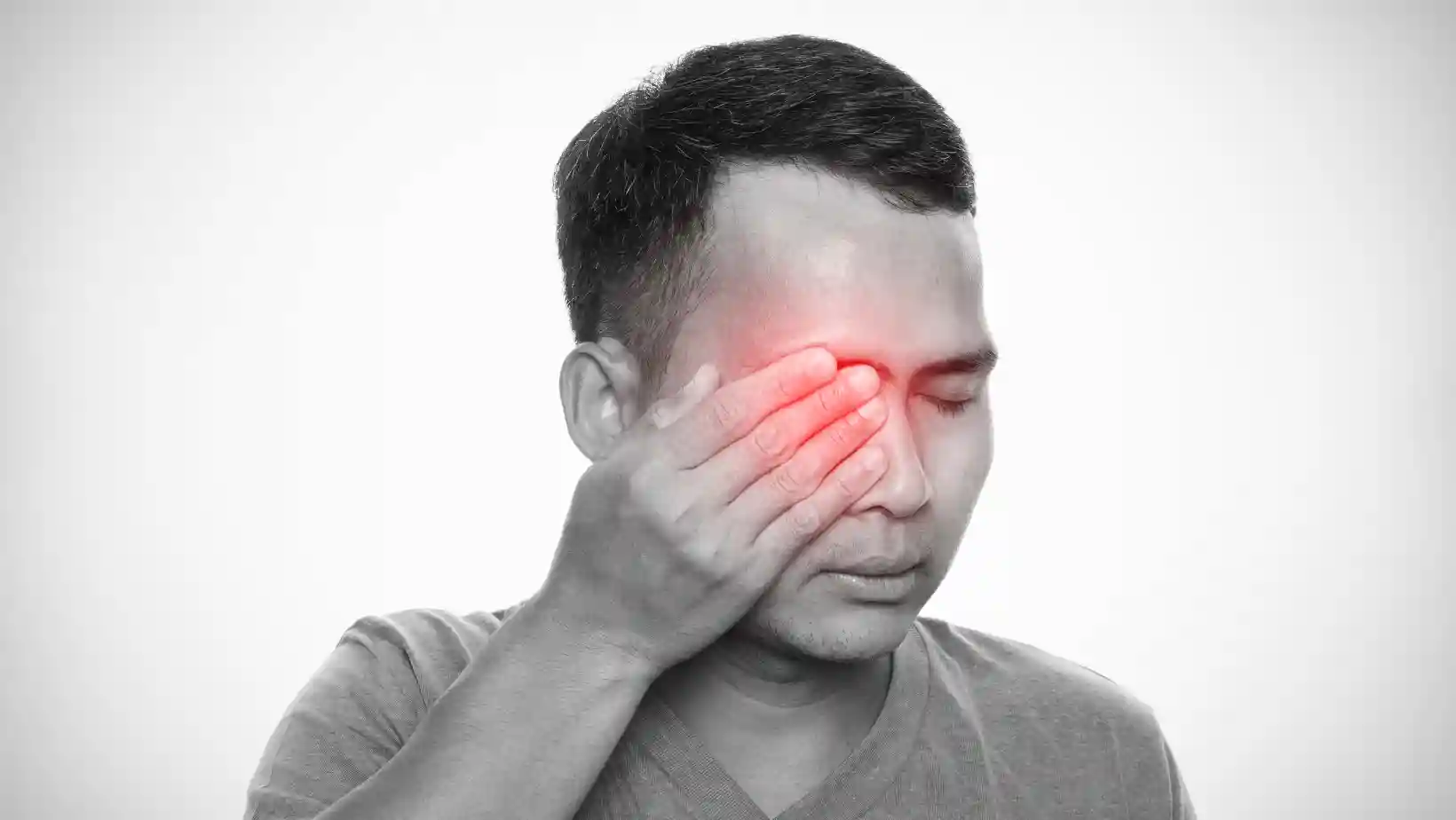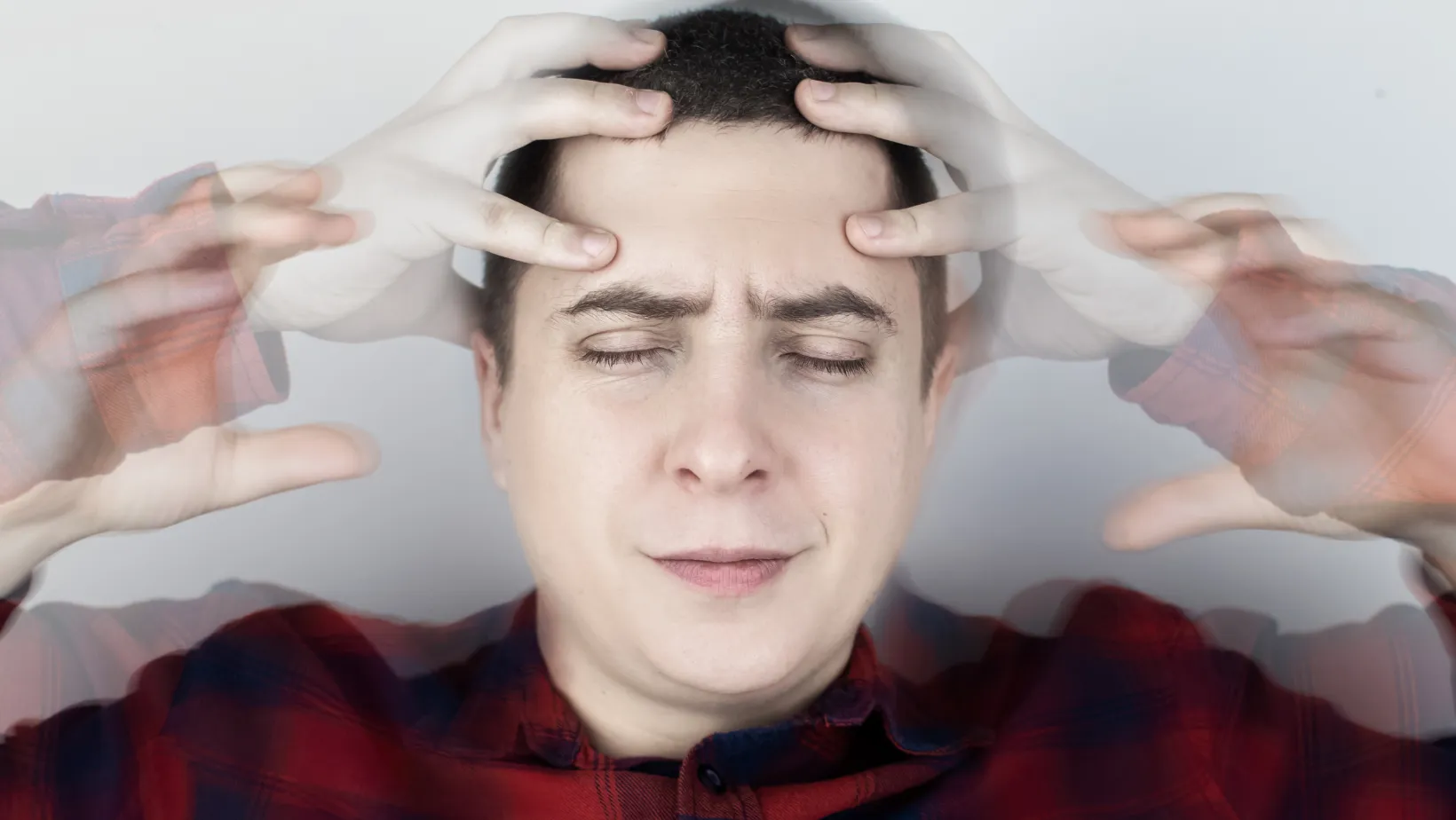Migraine in women vs men has been a mystery for decades. Research indicates that women experience migraines three times more frequently than men. But what accounts for the higher prevalence of migraines in women? The answer lies in hormones, brain biology, genetics, and lifestyle. While men also suffer, the difference in frequency and severity points toward unique factors linked to female physiology.
This article explores the role of hormones, environmental triggers, and modern treatments to explain why migraine remains a bigger problem in women.
Table of Contents
ToggleHormones And Migraine In Women
Hormones influence the brain and vascular system in powerful ways. Estrogen and progesterone directly affect blood vessels, neurotransmitters, and pain pathways. When these hormone levels fluctuate, the brain becomes more sensitive to triggers. This explains why many migraines caused by hormones happen in women during puberty, menstruation, pregnancy, and menopause.
After puberty, migraine prevalence rises sharply in women. Based on statistics comparing migraines in men and women, approximately 17% of women suffer from migraines, whereas only 6% of men do. These numbers highlight the estrogen and migraine connection.
Periods, Menopause, And Menstrual Migraine Causes
One of the strongest links is between menstrual cycles and migraine. Around one in five women with migraine report their attacks are tied to menstruation. Menstrual migraine causes include:
- The sharp drop in estrogen and progesterone just before bleeding starts.
- Prostaglandins released during periods that heighten pain sensitivity.
- Fluid shifts and changes in serotonin activity.
Women may notice that attacks arrive in the two days before their period or during the first three days of bleeding. In contrast to typical migraine episodes, these instances are often prolonged, more challenging to manage, and result in greater disability.
During menopause and perimenopause, irregular cycles and unstable hormones can trigger more frequent migraines. Once menopause settles, some women improve, while others continue to struggle.
Resource Alert: Migraines Caused By Hormones
Trusted resources like the American Migraine Foundation and National Headache Foundation provide guides to identify migraines caused by hormones. These organizations stress the importance of keeping a symptom diary that tracks menstrual cycles, headaches, and lifestyle triggers. Such records help doctors confirm if attacks are hormonally driven.
Birth Control, Pregnancy, And Migraine Risk
Birth control / oral contraceptives affect migraine in complex ways. Estrogen-containing pills can reduce attacks for some women by stabilizing hormones. Nevertheless, for women who experience migraines with aura, these medications may elevate the risk of ischemic stroke. This makes it essential for doctors to evaluate each woman individually.
Pregnancy changes migraine patterns as well. Many women see improvement in the second and third trimesters due to stable high estrogen levels. However, some experience worsening attacks, particularly in early pregnancy. After childbirth, falling estrogen can bring attacks back. Because drug safety is limited in pregnancy, doctors often recommend non-drug strategies first.
Estrogen And Migraines (Including Migraine With Aura)

The estrogen and migraine connection is one of the most studied areas. Estrogen affects serotonin, the brain chemical tied to mood and pain. Low estrogen can lower serotonin, making migraine more likely. High estrogen, however, can also play a role in aura symptoms, such as visual flashes or tingling sensations.
This link explains why doctors closely watch estrogen and migraines with aura. Women with aura are at higher risk of vascular problems when exposed to extra estrogen. That is why doctors use caution when prescribing birth control or hormone therapy. Migraine with aura and estrogen is a delicate balance that requires personalized care.
Estrogen Replacement Therapy And Hormone Headaches
During menopause or perimenopause, fluctuating hormone levels may worsen migraine. Some women consider estrogen replacement therapy or hormone replacement therapy (HRT) to ease hot flashes, bone loss, and other symptoms. While HRT may smooth hormone levels, it can sometimes worsen headaches if the dose is too high or too variable.
Doctors recommend using the lowest effective dose in a steady form, such as patches, to reduce hormone swings and avoid worsening migraines caused by hormones.
Gender-Affirming Hormone Therapy And Migraine Risk
Gender affirming hormone therapy can also affect migraine. Trans women receiving estrogen may develop migraines, sometimes with aura. Trans men on testosterone often report fewer headaches, but responses vary. Neurologists emphasize monitoring for new headache patterns during transition and tailoring therapy to the individual.
Other Factors Contributing To Migraine In Women Vs. Men
While hormones are central, other elements explain migraine risk factors in women.
Environmental Factors And Lifestyle Triggers
Migraine is sensitive to environmental cues. Triggers include:
- Stress and emotional strain
- Bright light from screens or sunlight
- Excess noise in busy surroundings
- Sleep changes, including too little or too much
- Weather shifts, jet lag, or skipped meals
These affect both genders, but women may face more triggers due to hormonal sensitivity.
Occupations And Migraine Risk
Job roles can add risk. Women are more likely to hold caregiving roles or work in jobs with emotional stress. Occupations with long hours of screen use, shift work, or exposure to bright light may increase migraine frequency. Men face risks too, but differences in work and lifestyle contribute to the imbalance.
Outlook For Migraine Treatment And Prevention
Migraine treatment has advanced in recent years. Options now target the biology of migraine more directly.
Addressing Sex Differences In Migraine
Doctors recognize the need to study migraine in women vs men statistics. Clinical trials often included more women because of higher prevalence. But analyzing sex differences allows tailored strategies, especially when it comes to hormones.
The Future Of Migraine Treatment And Research
New treatments are expanding rapidly. Beyond traditional nonsteroidal anti-inflammatory drugs (NSAIDs), doctors now use CGRP inhibitors, monoclonal antibodies, and targeted preventive therapy. Devices like noninvasive neuromodulators stimulate nerves without surgery. Nerve blockers and anti-nausea medication also play roles.
Future studies may reveal how genetics and migraine differences affect treatment response. Family history is a strong risk factor. Research into genetics may one day guide personalized care for every patient.
Table: Migraine In Men Vs Women Statistics
| Group | Prevalence (%) | Notes |
| Women (AFAB) | 17% | Often tied to menstrual cycle, pregnancy, menopause |
| Men (AMAB) | 6% | Lower rates, but still significant burden |
| After Puberty | Women 2–3x more likely | Hormonal influence begins |
| After Menopause | Decline in many women | Some continue with chronic migraine |
The Bottom Line
The difference in migraine in women vs men lies mainly in hormones. Estrogen and progesterone fluctuations create a sensitive brain environment that fuels migraine. But the story includes genetics, lifestyle, health conditions, and environment.
Understanding your own triggers, keeping a diary, and working with a doctor can help. With modern therapies, migraine does not have to control life. Women may face more attacks, but new treatment strategies mean hope is greater than ever.
FAQs
Are migraines more common in males or females?
Migraines affect women about three times more often than men. Hormones, particularly estrogen fluctuations, play a key role, but lifestyle and genetics add to the difference.
Why does migraine happen more in females?
Women experience hormonal shifts during menstruation, pregnancy, and menopause. These fluctuations affect brain chemistry and blood vessels, which explains why migraines are more common in women compared to men.
Why do men get migraine headaches?
Men get migraines due to genetics, stress, environmental triggers, and lifestyle habits. Although rates are lower in men, migraines can still be severe and disabling for them.
What is the permanent cure for migraine?
There is no permanent cure for migraine yet. However, a mix of lifestyle changes, preventive treatments, and new medicines can reduce attacks and improve quality of life significantly.
Can male hormones cause migraines?
Low testosterone levels may contribute to migraines in some men. While estrogen is the main focus, testosterone’s role in male migraine is being studied by researchers.
Do genetics play a role in migraines?
Yes. Family history increases migraine risk. Genetics and migraine differences explain why some people are more prone to severe or frequent attacks, even without strong environmental triggers.
Who suffers more from migraines?
Women suffer more due to hormonal fluctuations combined with genetic and lifestyle factors. Men also get migraines, but at a much lower frequency compared to women.
About The Author

This article is medically reviewed by Dr. Chandril Chugh, Board-Certified Neurologist, providing expert insights and reliable health information.
Dr. Chandril Chugh is a U.S.-trained neurologist with over a decade of experience. Known for his compassionate care, he specializes in treating neurological conditions such as migraines, epilepsy, and Parkinson’s disease. Dr. Chugh is highly regarded for his patient-centered approach and dedication to providing personalized care.
→ Book a consultation to discover which remedies suit your needs best.














